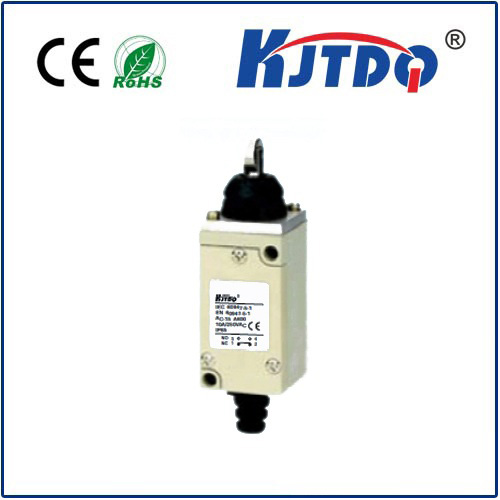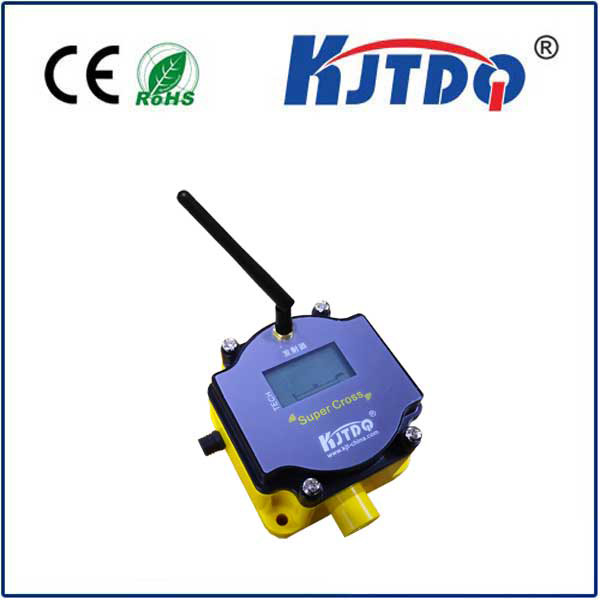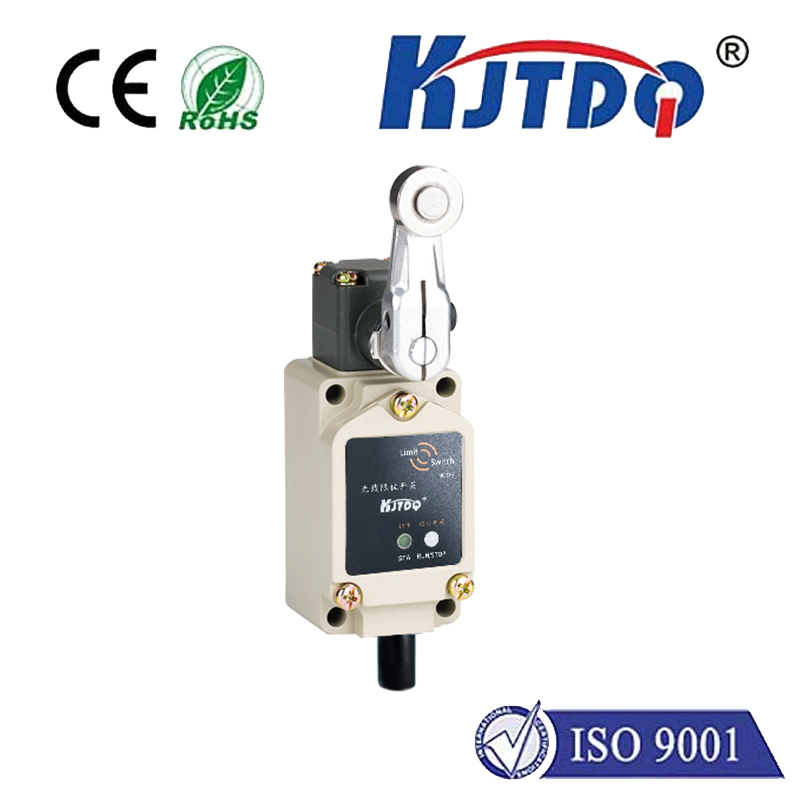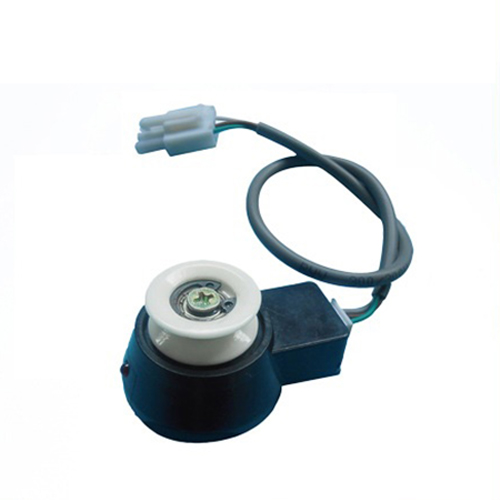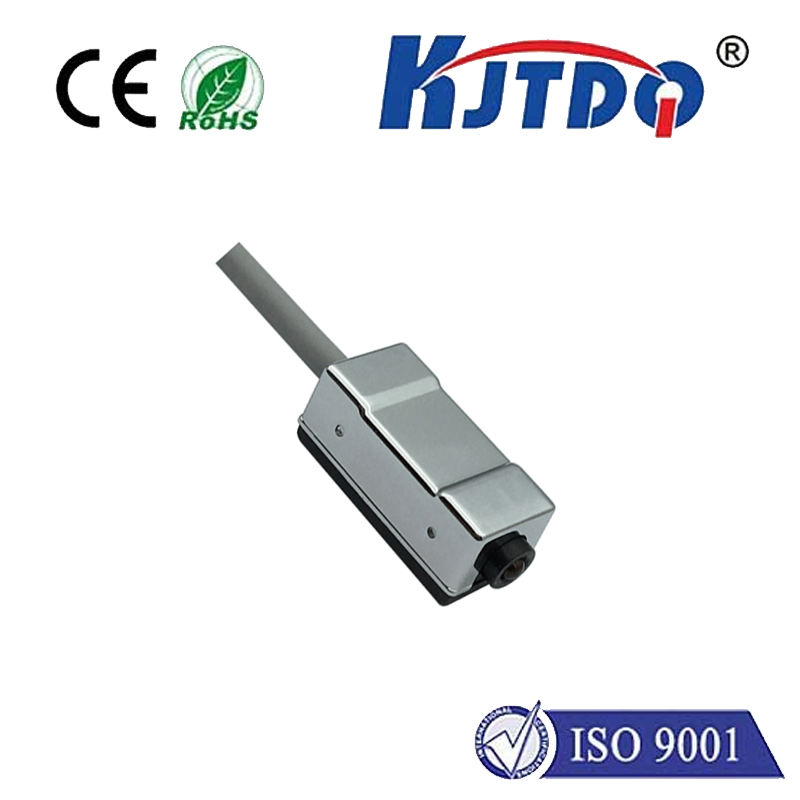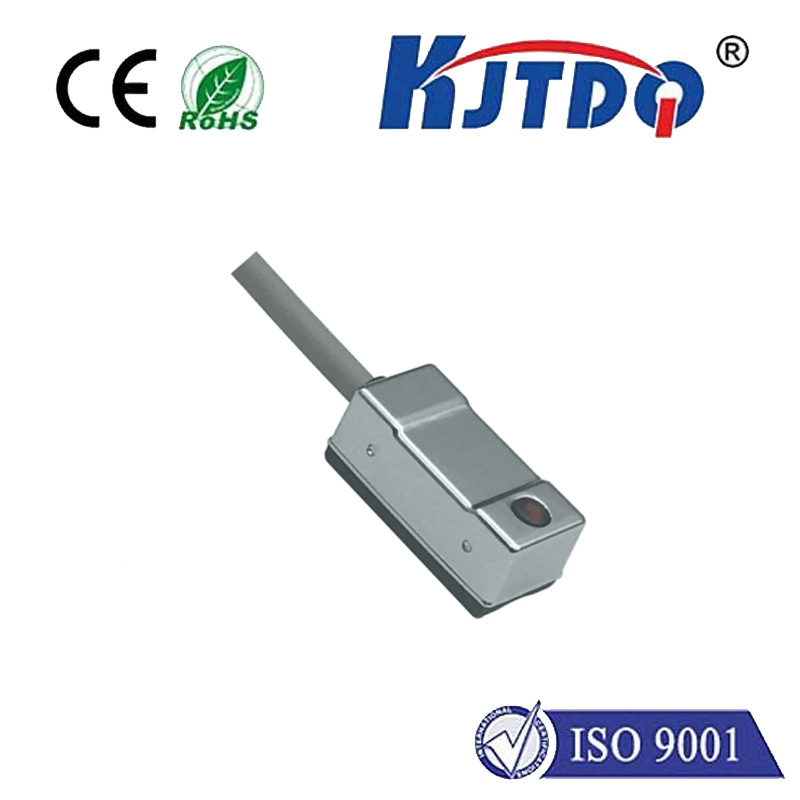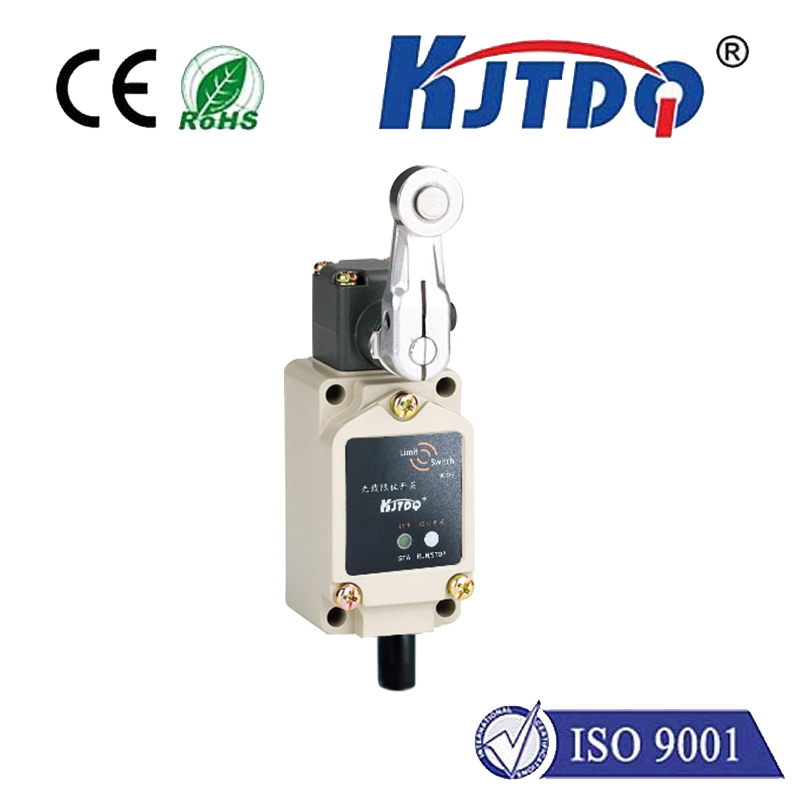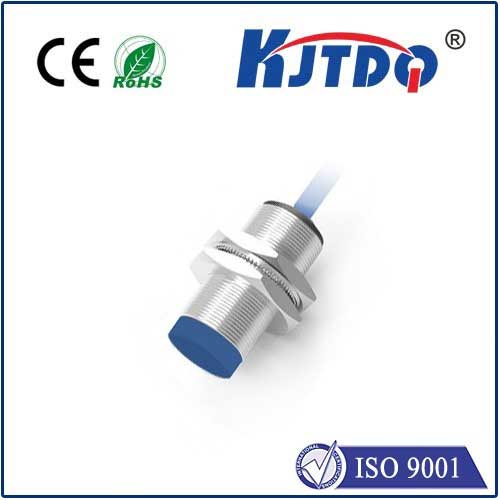elevator light curtain
- time:2025-09-12 01:51:10
- Нажмите:0
Elevator Light Curtains: The Invisible Shield Protecting Millions Daily
Imagine stepping into an elevator, arms laden with packages, momentarily distracted. As the doors begin to close, an unseen safety net springs into action. The doors instantly reverse, preventing a potentially painful pinch or worse. This critical, silent guardian isn’t magic – it’s the elevator light curtain, a fundamental safety technology woven into the fabric of modern vertical transportation.
Understanding the Core: How the Light Curtain Works
An elevator light curtain is a sophisticated safety sensor system primarily installed on the landing entrance of elevator doors. Its primary function is to detect the presence of obstructions – people, pets, objects – within the door’s closing path before contact occurs. This is fundamentally different from older safety edges that react upon physical contact.
The system consists of two key components:

- Emitter: Mounted on one side of the doorway, this unit projects a dense grid of infrared light beams across the entire opening height.
- Receiver: Positioned directly opposite the emitter on the other door leaf or jamb, this unit continuously monitors the incoming infrared light pattern.
Here’s the elegant simplicity: When any beam within this invisible protective grid is broken – signifying an obstruction – the receiver immediately signals the elevator control system. The system interprets this as a command to halt door closing and, crucially, to reopen the doors. This happens within milliseconds, providing a non-contact, highly responsive layer of passenger safety.
Why Are Light Curtains So Crucial? Beyond Basic Pinch Prevention
While preventing pinched fingers is a visible benefit, the role of elevator light curtains extends far deeper:
- Enhanced Public Safety: They protect vulnerable users like children, the elderly, individuals with mobility aids, or distracted passengers who might not react quickly enough to closing doors.
- Improved Accessibility: By reliably detecting canes, crutches, wheelchair parts, or service animals, light curtains are vital for ensuring elevators remain accessible to all, a key requirement under modern building codes and accessibility standards globally.
- Reducing Mechanical Stress: Preventing doors from forcefully closing on objects reduces wear and tear on door operators, rollers, and mechanical safety edges, leading to potentially lower maintenance costs and longer component life.
- Operational Efficiency: Modern light curtains ensure doors close promptly only when the path is genuinely clear, preventing unnecessary delays caused by objects partially blocking the path that older sensors might miss. This contributes to smoother elevator operation.
- Compliance with Stringent Regulations: Adherence to safety codes like EN 81-20⁄50 in Europe, ASME A17.1/CSA B44 in North America, and similar standards worldwide mandates the use of highly reliable obstruction detection systems. Light curtains are a primary solution meeting these mandatory safety requirements.
Key Components and Features of Modern Systems
- Resolution: This refers to the spacing between individual infrared beams. Higher resolution (closer beam spacing, e.g., 14mm, 20mm, 30mm) offers finer detection capabilities, crucial for identifying smaller objects like thin packages, pets, or even a child’s arm. Higher resolution is often mandated for greater safety.
- Protection Height: Light curtains are designed to cover the entire vertical opening of the doorway, ensuring no “blind spots” exist where an obstruction could be missed.
- Response Time: Measured in milliseconds, this is the critical period between beam interruption and the safety command being issued. Ultra-fast response times are essential for preventing even near-misses.
- Self-Checking and Diagnostics: Advanced systems continuously monitor their own health. If a beam fails, the receiver malfunctions, or alignment drifts, they trigger a safety shutdown (often preventing the elevator from running) and signal a fault for maintenance.
- Resistance to Environment: Quality light curtains are built to withstand the demanding elevator environment: vibration, electromagnetic interference (EMI), fluctuating temperatures, humidity, dust, and incidental impacts.
Maintenance: Ensuring the Invisible Shield Remains Strong
Like any safety-critical component, elevator light curtains require regular attention:
- Visual Inspection: Checking lenses for dirt, dust, grease, or physical damage that could block beams. Clean lenses are vital! A simple wipe with a soft cloth can often resolve detection issues.
- Alignment Check: Ensuring the emitter and receiver are perfectly aligned. Misalignment, even slight, caused by door impacts or building settlement, can create detection gaps or false signals.
- Functional Testing: Elevator technicians test the light curtain during routine maintenance by deliberately interrupting beams at various points to ensure the door reverses consistently and reliably across the entire protection height.
- Prompt Repair/Replacement: If diagnostics indicate a fault or components are damaged beyond repair, immediate action is necessary. Compromised light curtain functionality poses a significant safety hazard and violates regulations.
Conclusion (Omitted per Requirement)
The ubiquitous hum of an elevator door closing smoothly is, in large part, thanks to the silent vigilance of the light curtain. This essential safety technology, through its grid of infrared beams, acts as an invisible shield, providing non-contact protection that is faster, more reliable, and more comprehensive than mechanical predecessors. Its implementation is not just a matter of convenience but a cornerstone of modern elevator safety, ensuring millions of journeys are completed safely every single day. Understanding how they function and emphasizing their proper maintenance is paramount for building owners, facility managers, and elevator professionals in upholding the highest standards of passenger safety.

